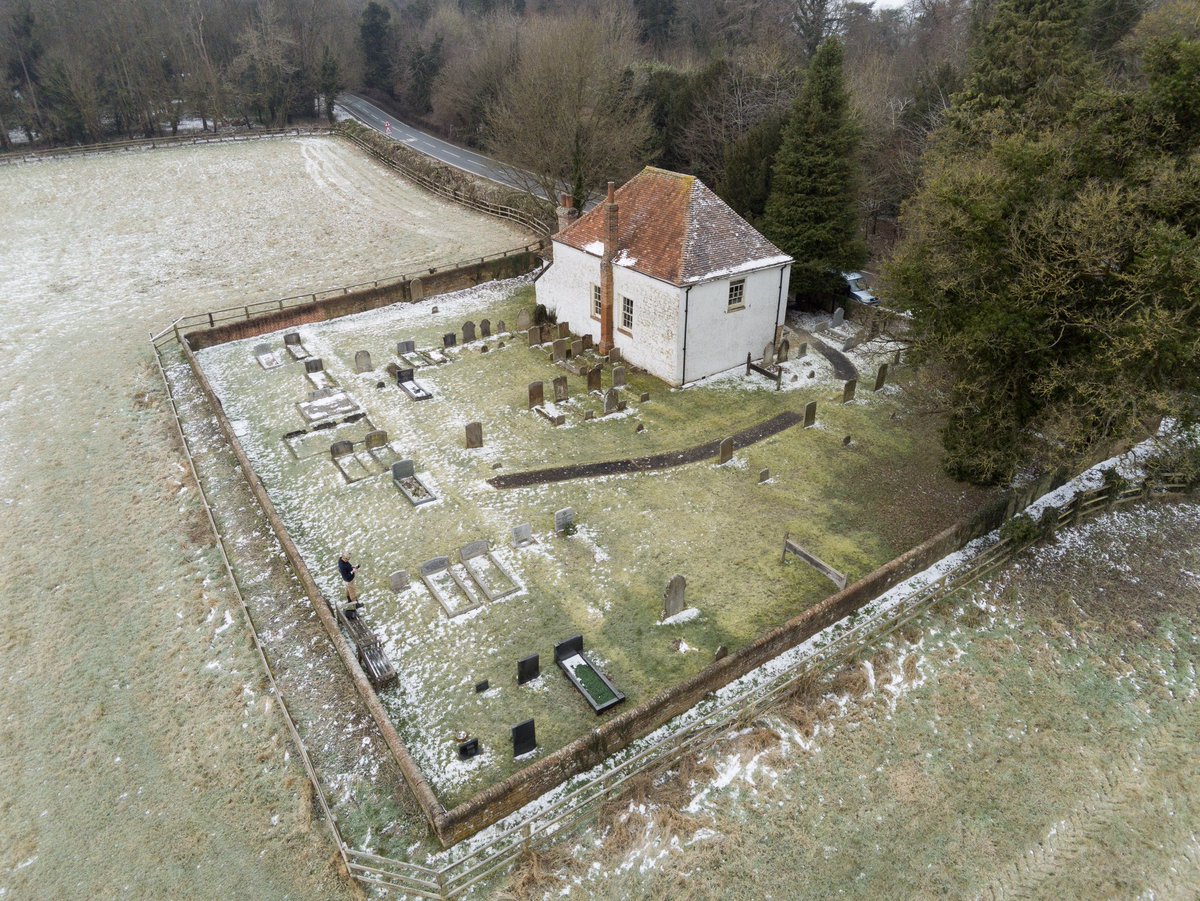
Across the road from St Mary's, Fordham, in Norfolk, this old milestone tells us that it's just 2 miles in one direction to Downham Market, and 16 miles the opposite way to Ely (Fordham's diocese). It's a relic from a bygone age of navigation and a remnant of a once busy road. 

The milestone was located on what was once part of the A10 or 'Great Cambridge Road' — connecting London to Kings Lynn — before that road was diverted, leaving Fordham stranded and neglected for decades, until we took it into our care. 

Once upon a time, travellers depended on milestones and guidestones (known in Yorkshire as 'stoops') to help them navigate unfamiliar routes and estimate travel times.
We spotted this grade II listed milestone at Stonehenge recently. Early sightseers to the mysterious stone circle were presumably well-versed in Roman Numerals, which convey the distances to London (70 miles) and Amesbury (2 miles). 

Stone and wooden signs for directions and distances have been used in Britain since ancient times, and 117 Roman milestones — once placed every thousand double-steps along Roman roads — still survive in the UK.
After the Roman occupation, 1300 years went by until more official waymarkers were installed ... In 1697 an Act of Parliament required direction indicators to be erected at every crossroads.
When it comes to using old milestones, distances should be treated with caution. As @MaryAnnOchota points out in 'Hidden Histories', the measurement of a mile could vary widely between districts, sometimes up to double the distance!
In the 18th-19th centuries, turnpike trusts were instituted to manage and maintain roads by levying tolls; milestones were compulsory along turnpikes (toll roads) and helped to standardise stagecoach rates and journey times. By 1840, 20,000 miles of road were turnpikes.
The Milestone Society @storiesinstone has recorded 20k historic waymarkers, which can now be accessed via Geograph. Many that have survived, including Fordham's, were once on turnpikes. Its cast iron number plates show the distance of turnpike lying ahead. 

The milestone at Fordham was erected by the Ely to Downham (North District) turnpike trust in the 19th century — when St Mary's was still on a major thoroughfare. It's now a lonely sentinel watching over our quiet, secluded church. 

• • •
Missing some Tweet in this thread? You can try to
force a refresh


















